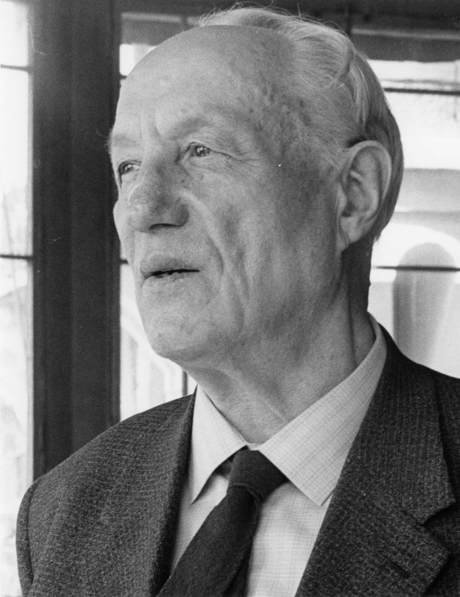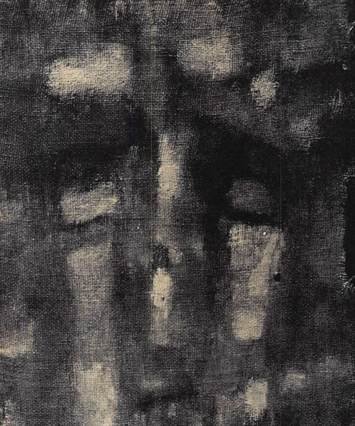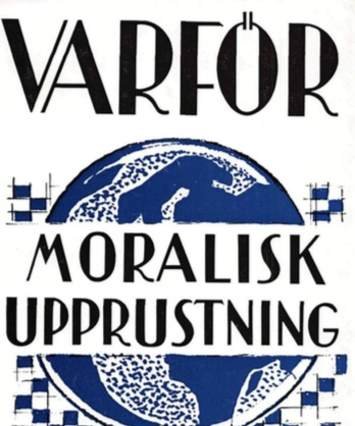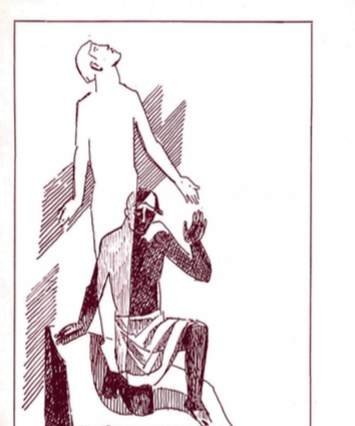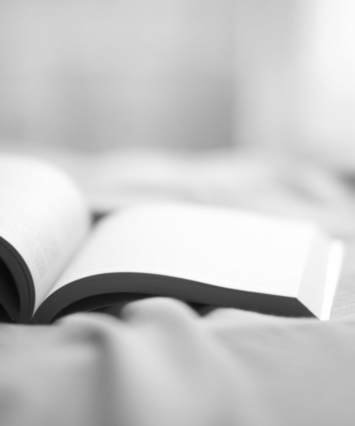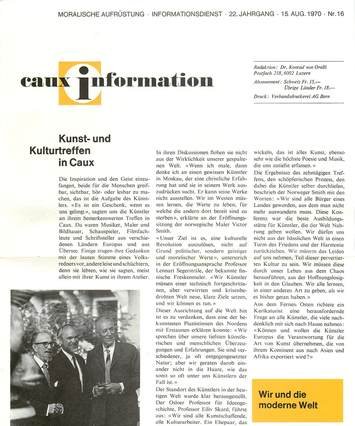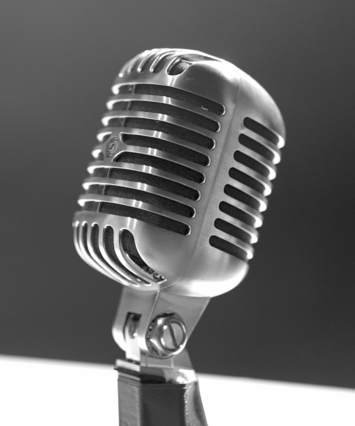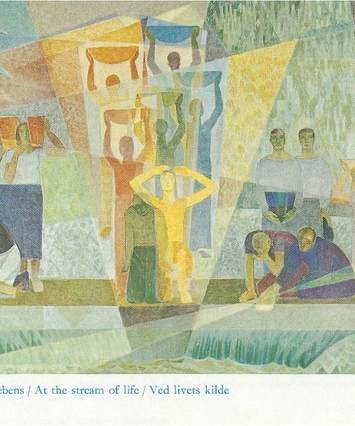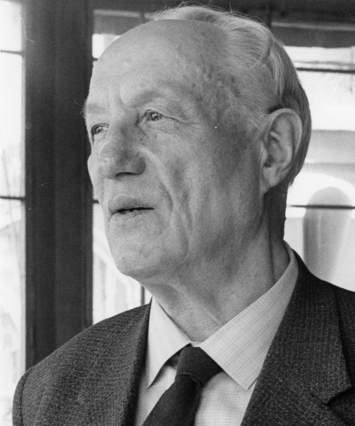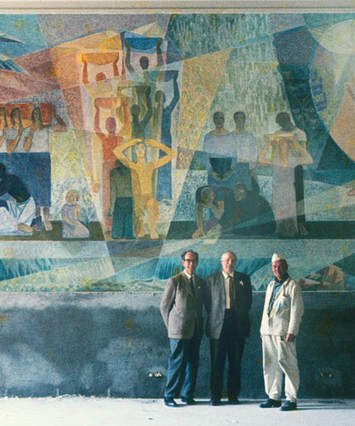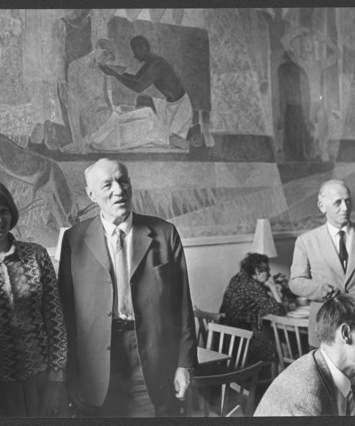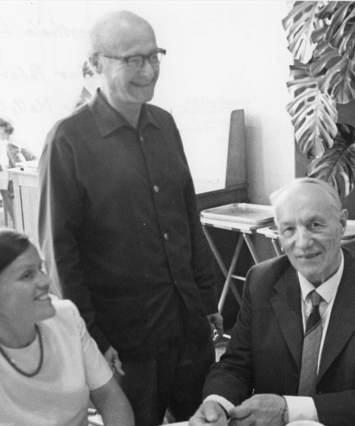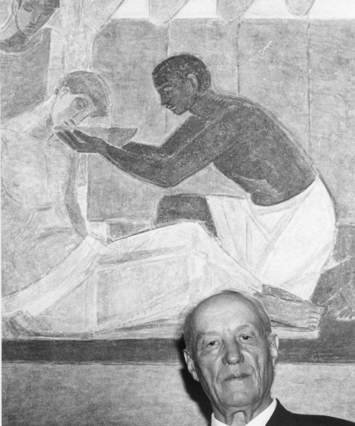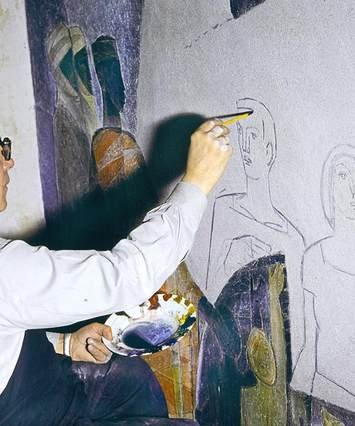Lennart Rafael Segerstråle was a Swedish-speaking Finnish painter and graphic artist, best known for his frescoes.
He began to make himself known by the quality of his images and animal motifs. In the 1920s and 1930s he became the most famous animal painter in Finland. Its aim is to represent a harmonious combination of animals, birds and landscapes. Proceeding in his artistic career Segerstråle developed an increased interests in monumental art, he also produced several stained-glass windows for churches both in Finland and Sweden.
This new orientation of his artistic life is strongly underpinned by his Christian and humanist convictions, which lead him later to concentrate on monumental art and religious themes. Segerstråle painted several altarpieces and realized stained glass windows in the churches of Finland and abroad. Among his most notable 'secular' works it is worth to remember the frescoes of the headquarters of the Bank of Finland in Helsinki, which he realized in 1943, and it is considered his main masterpiece. In 1959, he created a fresco in the dining room of the Caux Palace in Montreux, Switzerland, as part of his engagement with the humanist movement Moral Re-Armament (at present Initiatives of Change), a commitment to which the artist explained in a text published in 1967 ('Why Moral Re-Armament'). He exhibited regularly in Helsinki from 1913 to 1967, as well as abroad.
Source: https://en.wikipedia.org/wiki/Lennart_Segerstråle, accessed on 2021-05-14

